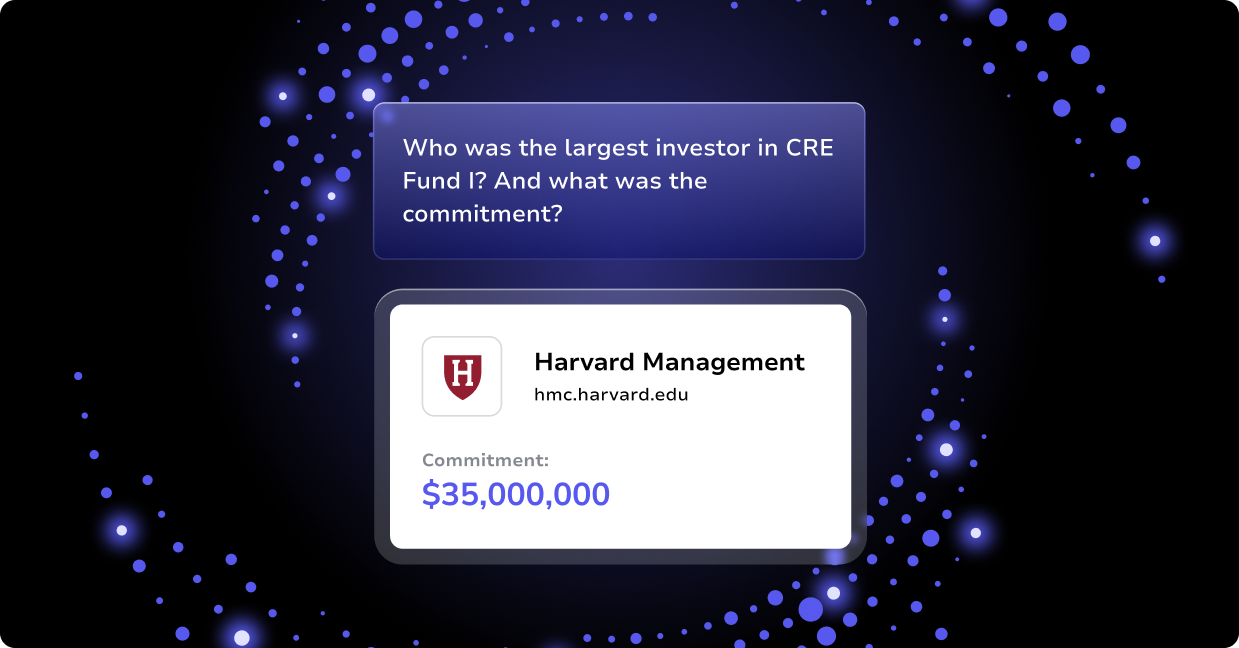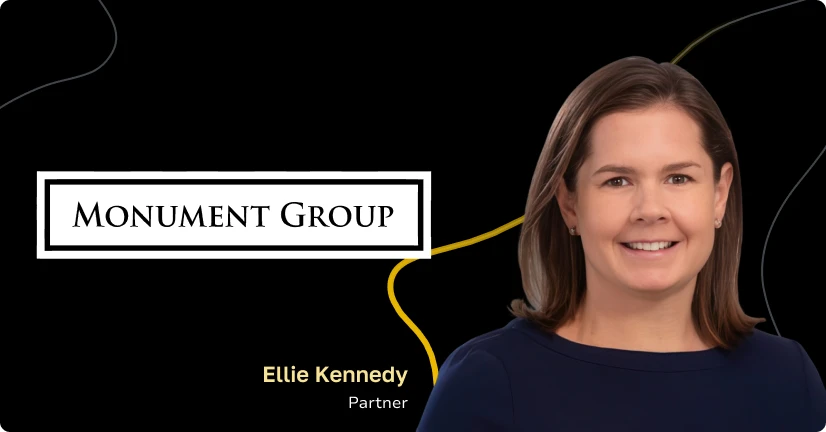There’s a reason auto manufacturers don’t design cars with the speedometer on the ceiling, the fuel gauge under the driver’s seat, and the check engine light in the trunk. In order for a driver to operate a vehicle effectively, they must have critical information that they can check quickly and efficiently.
Alternative investment firms also need vital data where it’s easy to view. That’s why leading firms implement portfolio management tools that include advanced dashboards. The industry is moving faster than ever today. If you don’t have the information you need to make important decisions wisely and rapidly, it’s likely that you’ll lose deals to other organizations that can.
Essential Data for Portfolio Management
Needless to say, your portfolio management dashboard must provide the specific data that are important for your firm and the types of deals you pursue. But generally speaking, there are three broad categories of data you should be able to see at a glance in your dashboard:
- Financial information. Portfolio managers need clear, concise details on forecasts, actual figures, and budgets. They also need access to information on cost breakdowns, different types of expenses, compliance costs, and much more. If their dashboard has the right data, managers can spot trends quickly and make course corrections as needed. They can also identify opportunities and start their pursuit before competitors are even aware of them.
- Strategic assessment. How is your portfolio’s performance aligning with your business objectives? You’ve got to be able to answer that question to ensure you focus your efforts on the right areas.
- Project visualizations. Often what a portfolio manager needs is access to the status of their projects at a glance. Well-designed dashboards provide summaries of project health using key metrics that are displayed graphically and easy for viewers to understand.
Altvia Answers provides this type of operational analysis. An additional benefit of having this kind of data at your fingertips is that it enables you to differentiate from your competitors. The comprehensive view that Answers produces helps portfolio managers paint a compelling performance picture rather than just reciting facts and figures.
Avoiding Portfolio Monitoring Dashboard Mistakes
Firms that implement a portfolio monitoring dashboard simply so they can say they have one may be doing more harm than good. You must optimize your dashboard to report on the KPIs and metrics that matter to your team and investors.
To do that, you’ve got to avoid common dashboard development mistakes. For example, you must include the correct information in your dashboard. Too often, firms create dashboards that contain data that isn’t useful and become “noise” that makes it harder to find crucial information.
It’s also essential that you achieve the right balance in your dashboard. If it has too little information, it doesn’t help you make well-informed decisions. If it provides too much information, it’s challenging to identify the insights you and your investors need to be successful. And once you’ve identified the right amount of data, you must ensure that it’s always current.
Enabling Proactive Portfolio Management
Finally, your dashboard should enable you to assess dependencies between and among your projects and portfolios. It also must make it easy to spot KPI trends, analyze their impact, and determine what actions you should take to address them.
And increasingly today, firms are looking for solutions that enable predictive analytics. Your portfolio monitoring dashboard should help you do more than react to evolving market conditions and other factors. You must be able to anticipate them and modify your tactics accordingly.
To learn more about Altvia’s industry-leading solutions for alternative investment firms and their portfolio monitoring capabilities, request a demo below.




